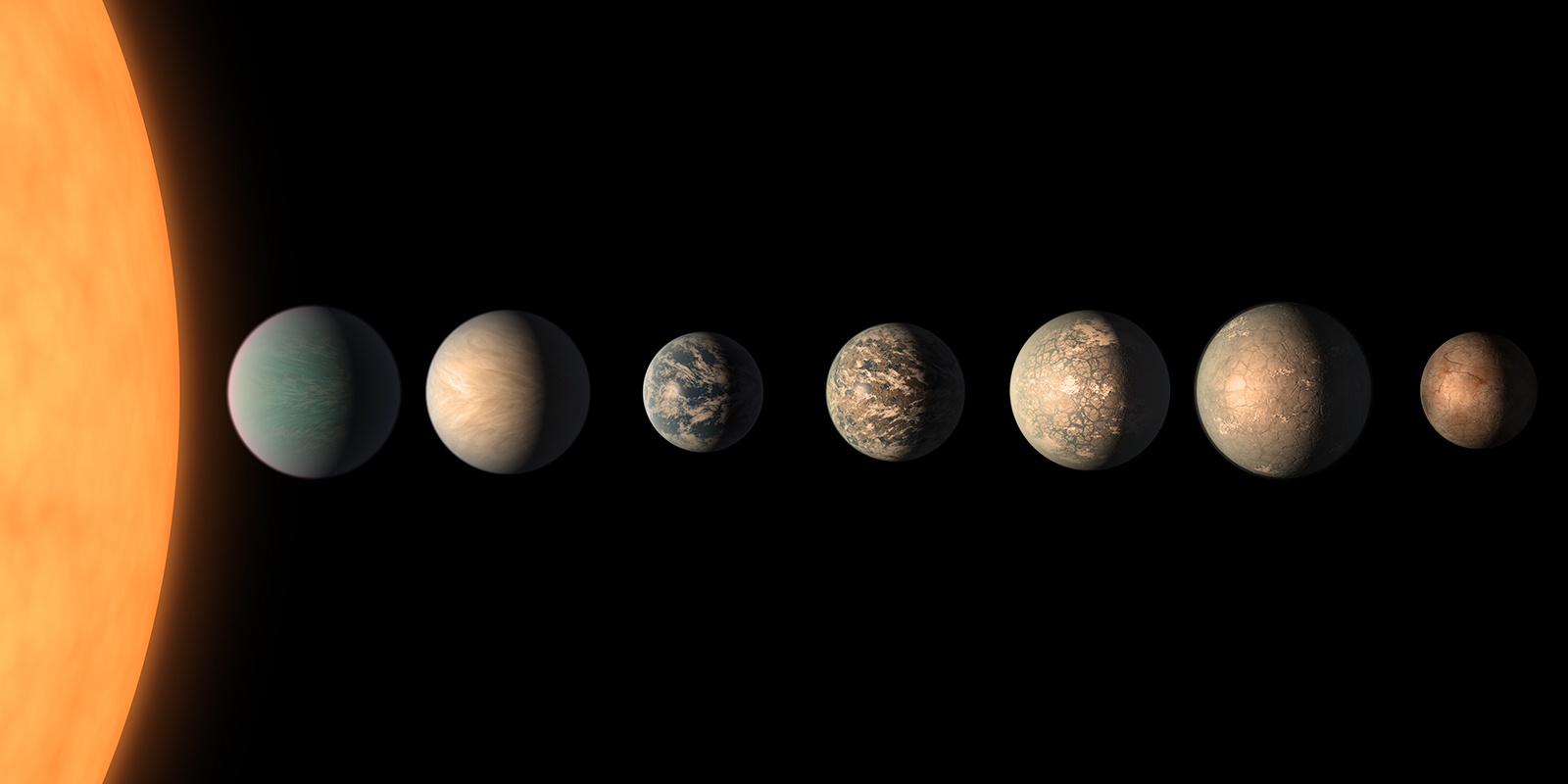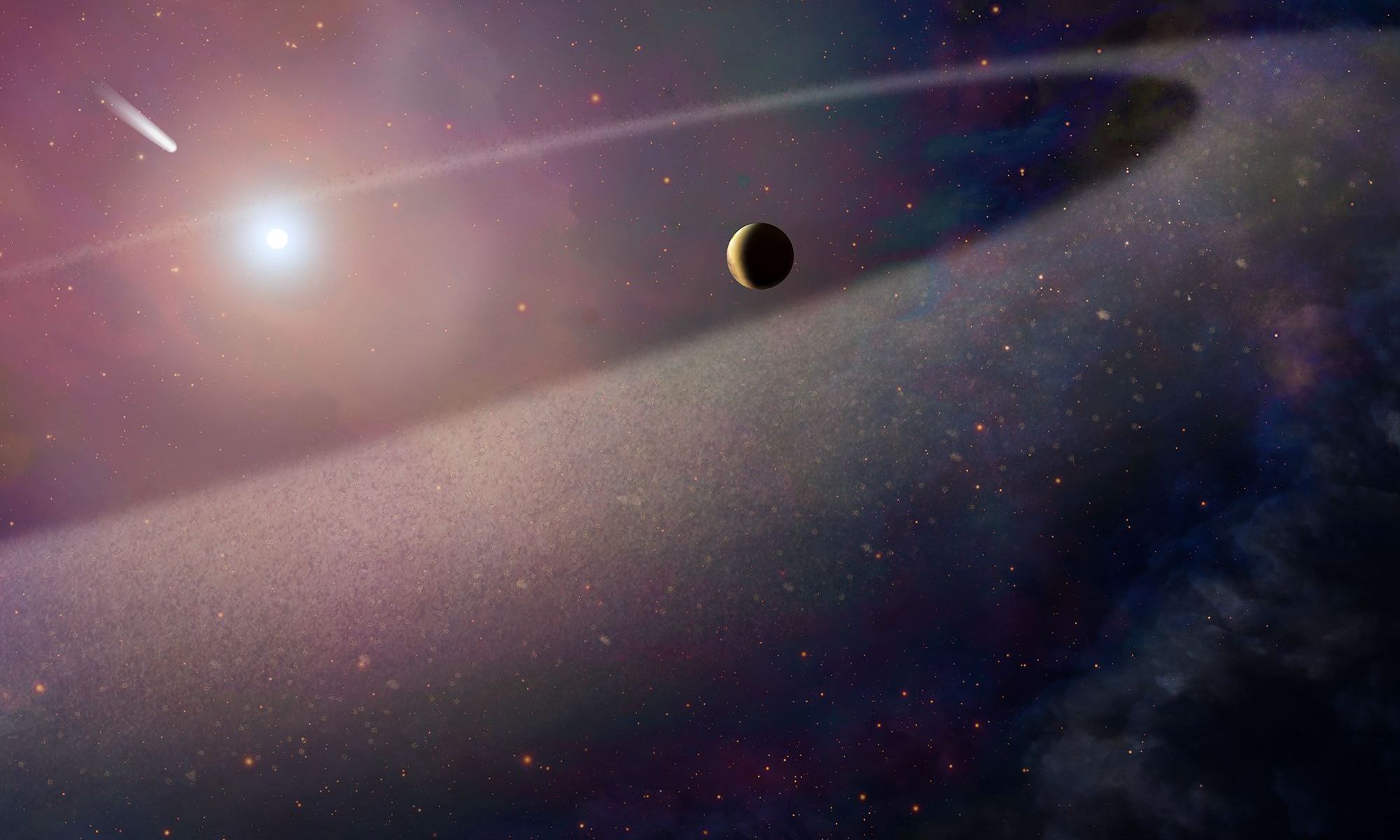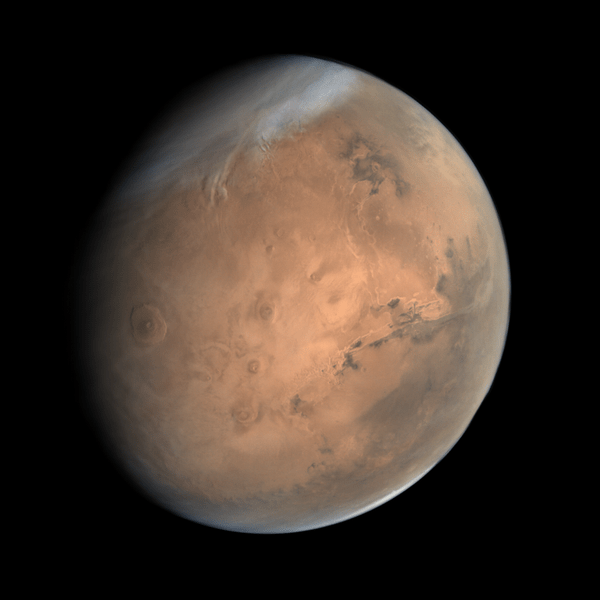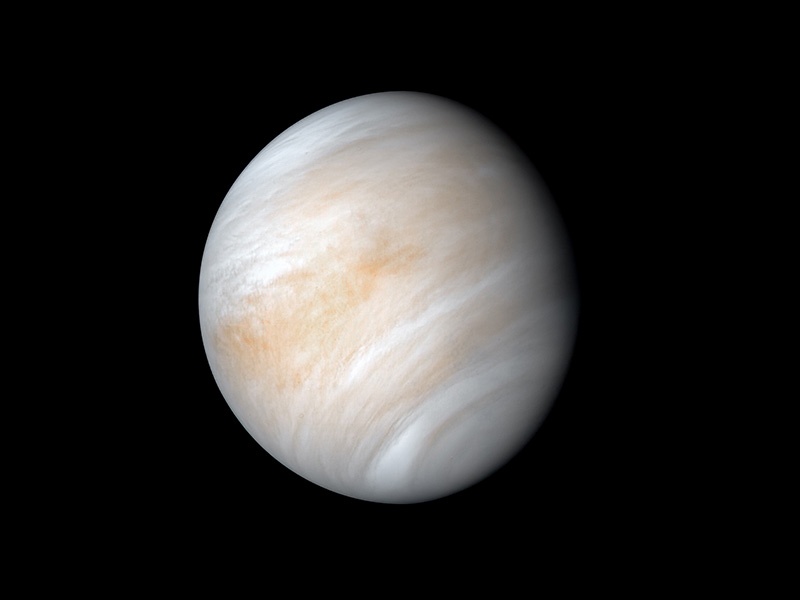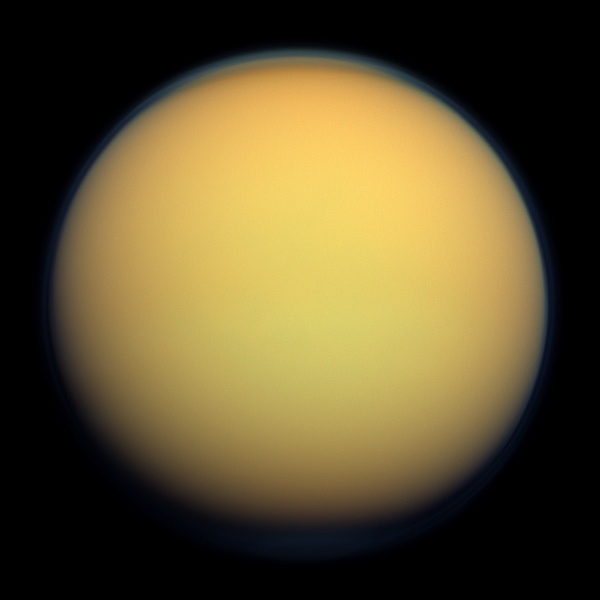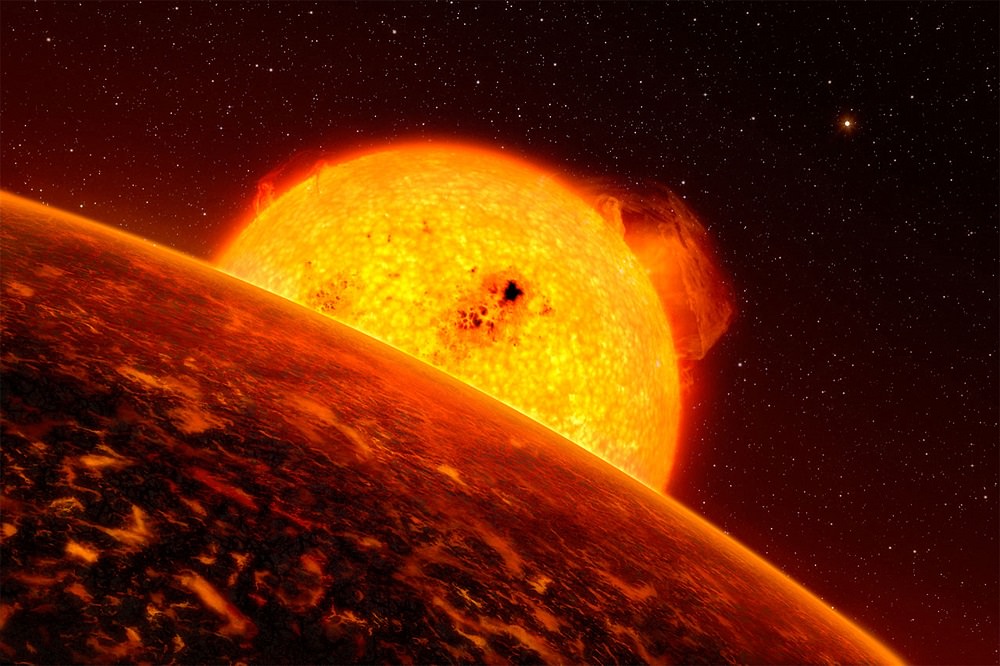If we ever find life on other worlds, it is unlikely to be a powerful message from space. It’s certainly possible that an alien civilization specifically sends us a radio message like a scene out of Contact, but the more likely scenario is that we observe some kind of biological signature in an exoplanet’s atmosphere, such as oxygen or chlorophyll. But as a recent study shows, that could be more difficult than we thought.
Continue reading “Even if There's Life on TRAPPIST-1, We Probably Can't Detect it”We Could Spread Life to the Milky Way With Comets. But Should We?
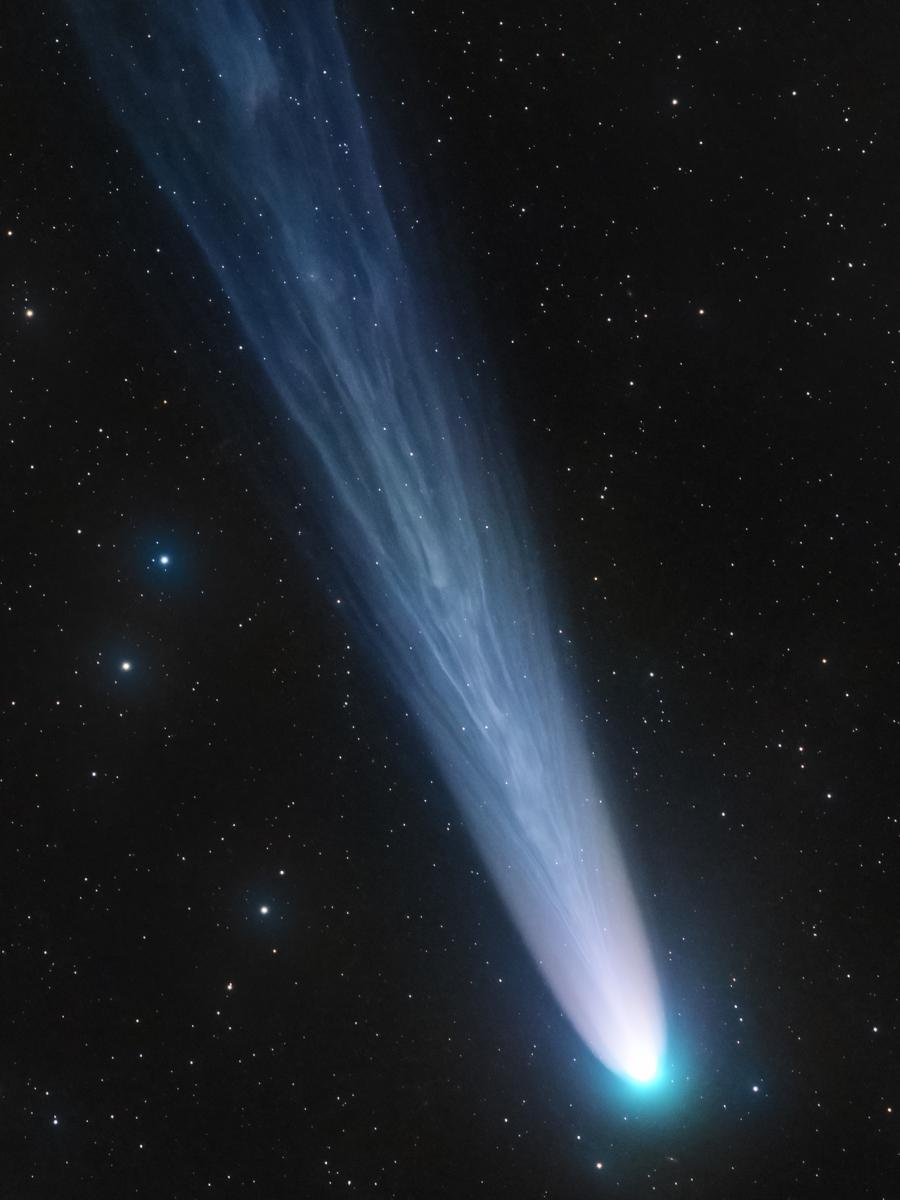
Here’s a thorny problem: What if life doesn’t always appear on planets that can support it? What if we find more and more exoplanets and determine that some of them are habitable? What if we also determine that life hasn’t appeared on them yet?
Could we send life-bringing comets to those planets and seed them with terrestrial life? And if we could do that, should we?
Continue reading “We Could Spread Life to the Milky Way With Comets. But Should We?”Webb Can Detect Planets Orbiting White Dwarfs, And Maybe Even See Signs of Life
In a recent study accepted to the Monthly Notices of the Royal Astronomical Society, an international team of researchers led by Texas A&M University investigate how the James Webb Space Telescope (JWST) can detect a variety of exoplanets orbiting the nearest 15 white dwarfs to Earth using its Mid-Infrared Instrument (MIRI) Medium Resolution Spectrograph (MRS). This study holds the potential to expand our knowledge of exoplanets, their planetary compositions, and if they can support life.
Continue reading “Webb Can Detect Planets Orbiting White Dwarfs, And Maybe Even See Signs of Life”Will Mars finally answer, ‘Are we alone?’
We recently examined how and why the planet Venus could answer the longstanding question: Are we alone? Despite its harsh environment on the surface, its atmosphere could be hospitable for life as we know it. Here, we will examine the planet Mars, aka the Red Planet and the fourth planet in our solar system, which has been marveling sky watchers from ancient times to the present day.
Continue reading “Will Mars finally answer, ‘Are we alone?’”Will Venus finally answer, ‘Are we alone?’
We recently examined how and why Saturn’s largest moon, Titan, could answer the longstanding question: Are we alone? It’s the only moon that possesses a thick atmosphere and the only planetary body other than Earth (so far) that has liquid bodies on its surface. These characteristics alone make Titan an enticing location to search for life beyond Earth. In contrast, what if life were to be found in one of the unlikeliest of places and on a planet that is known to possess some of the harshest conditions ever observed?
Continue reading “Will Venus finally answer, ‘Are we alone?’”Will Titan finally answer, ‘Are we alone?’
We recently examined how and why Jupiter’s moon, Europa, could answer the longstanding question: Are we alone? While this small icy world gives plenty of reasons to believe why we could—and should—find life within its watery depths, it turns out our solar system is home to a myriad of places where we might find life. Much like how the Voyager missions gave us the first hints of an interior ocean swirling beneath Europa’s outer icy shell, it was only fitting that Voyager 1 also gave us the first hints of the potential for life on Saturn’s largest moon, Titan, as well.
Continue reading “Will Titan finally answer, ‘Are we alone?’”Will Europa finally answer, ‘Are we alone?’
While NASA’s much-lauded Space Launch System stands ready for its maiden flight later this month with the goal of sending astronauts back to the Moon in the next few years, our gazes once again turn to the stars as we continue to ask the question that has plagued humankind since time immemorial: Are we alone? While there are several solar system locales that we can choose from to conduct our search for life beyond Earth, to include Mars and Saturn’s moons, Titan and Enceladus, one planetary body orbiting the largest planet in the solar system has peaked the interest of scientists since the 1970s.
Continue reading “Will Europa finally answer, ‘Are we alone?’”Snooping on Alien Messages Passing Through the Solar System
Researchers at Penn State University have studied a new technique that could use a star’s ability to focus and magnify communications which could be passing through our own solar system, and has been accepted for publication in The Astronomical Journal and was part of a graduate course at Penn State covering the Search for Extraterrestrial Intelligence (SETI. The study describes our Sun as potentially acting as a kind of node as part of an interstellar communication network involving probes or relays near our Sun, acting like cellular telephone towers in space.
Continue reading “Snooping on Alien Messages Passing Through the Solar System”Weekly Space Hangout: October 28, 2020, Dr. Nathalie Cabrol, SETI Institute
This week we are pleased to welcome Dr. Natalie Cabrol, Director of the Carl Sagan Center for Research at the SETI Institute (SI), to the show.
Continue reading “Weekly Space Hangout: October 28, 2020, Dr. Nathalie Cabrol, SETI Institute”Beyond “Fermi’s Paradox” X: What is the Firstborn Hypothesis?
Welcome back to our Fermi Paradox series, where we take a look at possible resolutions to Enrico Fermi’s famous question, “Where Is Everybody?” Today, we examine the possibility that the reason for the Great Silence is that we are “early to the party”!
In 1950, Italian-American physicist Enrico Fermi sat down to lunch with some of his colleagues at the Los Alamos National Laboratory, where he had worked five years prior as part of the Manhattan Project. According to various accounts, the conversation turned to aliens and the recent spate of UFOs. Into this, Fermi issued a statement that would go down in the annals of history: “Where is everybody?“
This became the basis of the Fermi Paradox, which refers to the disparity between high probability estimates for the existence of extraterrestrial intelligence (ETI) and the apparent lack of evidence. Since Fermi’s time, there have been several proposed resolutions to his question, which includes the Firstborn Hypothesis that states that humanity could be the first intelligent life to emerge in our galaxy.
Continue reading “Beyond “Fermi’s Paradox” X: What is the Firstborn Hypothesis?”
